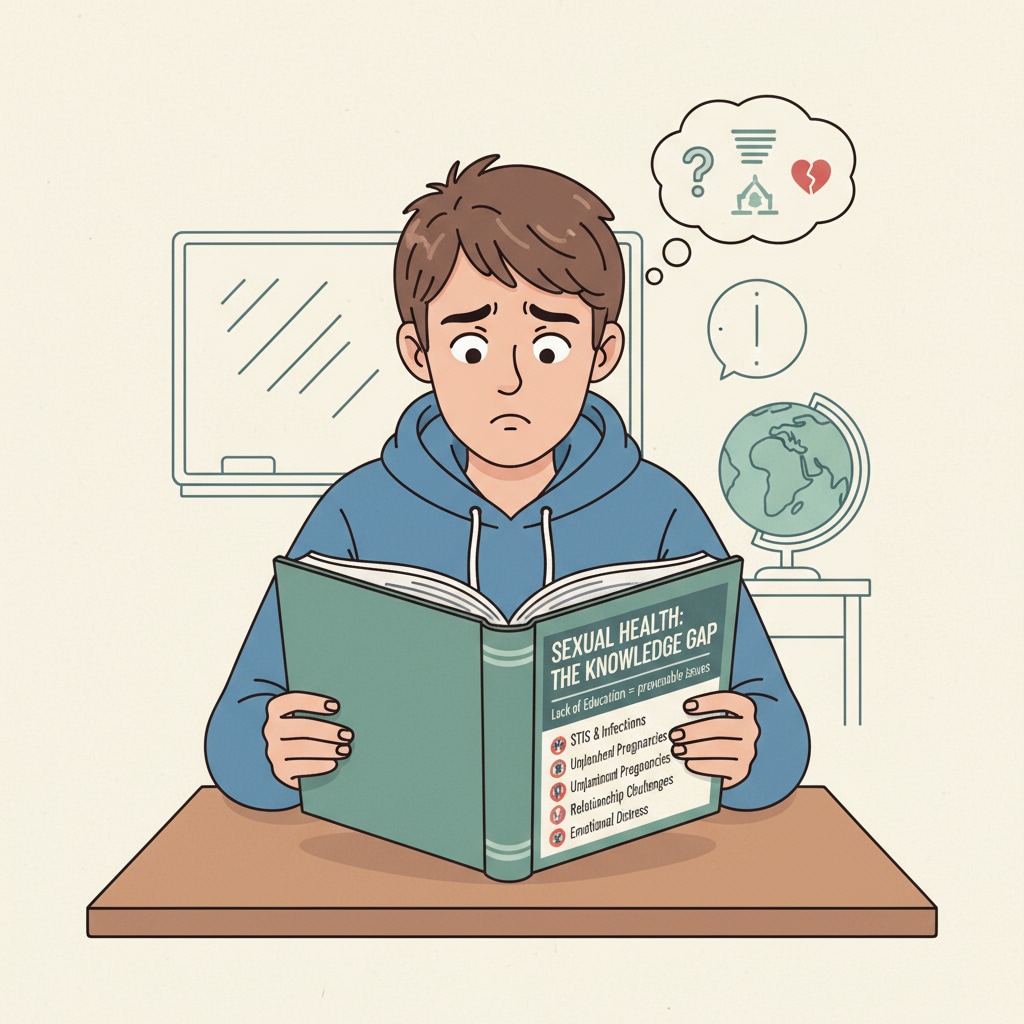Sex education, school education, and adolescent health are intricately linked. In many educational institutions today, there is a concerning trend of avoiding comprehensive sex education. This omission has far-reaching implications for the well-being of teenagers.

The Current State of Sex Education in Schools
Across the globe, numerous schools shy away from providing in-depth and comprehensive sex education. Some institutions view it as a sensitive topic that might be inappropriate for young minds. However, this approach is misguided. According to Wikipedia’s entry on sex education, sex education is not just about the biological aspects but also encompasses emotional, social, and moral dimensions. By avoiding it, schools are leaving a significant gap in students’ knowledge.
The Consequences of Avoidance
One of the major consequences is the increase in unsafe behaviors among teenagers. Without proper education, they may engage in risky sexual activities, not fully understanding the potential consequences. This can lead to unwanted pregnancies and the spread of sexually transmitted infections. In addition, the lack of accurate information often gives rise to misconceptions. For example, some may believe myths about contraception or the nature of sexual health. As stated in Britannica’s article on sexual health, having correct knowledge is essential for maintaining good sexual health.

Another consequence is the impact on adolescents’ mental health. The confusion and misinformation can cause anxiety and stress. They may be afraid to seek help or discuss their concerns, leading to a sense of isolation. This can further affect their overall well-being and academic performance.
Readability guidance: As seen, the current state of sex education in schools is a cause for concern. The consequences of avoidance are clear, affecting both physical and mental health of teenagers. It’s high time for educational institutions to take action.


